The lace is a clue to her family’s wealth as much is the expensive black dyed fabrics. Lace collars varied considerably within certain periods and were prized possessions (they are often listed in inventories of estates). Lace was often even more expensive than jewellery and the extraordinary shimmering quality of the costly fabric (black was the most expensive fabric to dye) is of the highest quality and de rigueur for the upper and wealthy mercantile class in Dutch society. Black was not the dominant colour for everyday apparel but a popular colour to be depicted in when having one’s portrait painted.
Details of dress in Dutch formal portraits are usually faithful reflections of the sitter's own clothing; an item such as the cap would have been lent to the artist if both parties found it convenient. The one depicted here was probably the sitter's own.
On verso are two labels, one from the expert Cabinet Turquin (who has confirmed the attribution) and another (old) label “Maison Fiquet - Place St Michel 6, Paris. Framing of all kinds. Old and modern prints. Restoration of paintings and prints”.
Held in an antique ebonised frame.
Dirk Santvoort was a Dutch Golden Age painter who was born in Amsterdam. He was the son of the painter Dirck Pietersz. Bontepaert under whom he and his elder brother (the landscape painter Pieter Pietersz. Santvoort) almost certainly studied. In 1636 he became a master of the Guild of Saint Luke in Amsterdam. He was soon to become one of the leading portrait painters in Amsterdam during the mid-17th century, particularly specialising in the portraiture of children.
Provenance: Private collection Paris, France
Measurements: Height 84cm, Width 72cm framed (Height 33”, Width 28.25” framed)



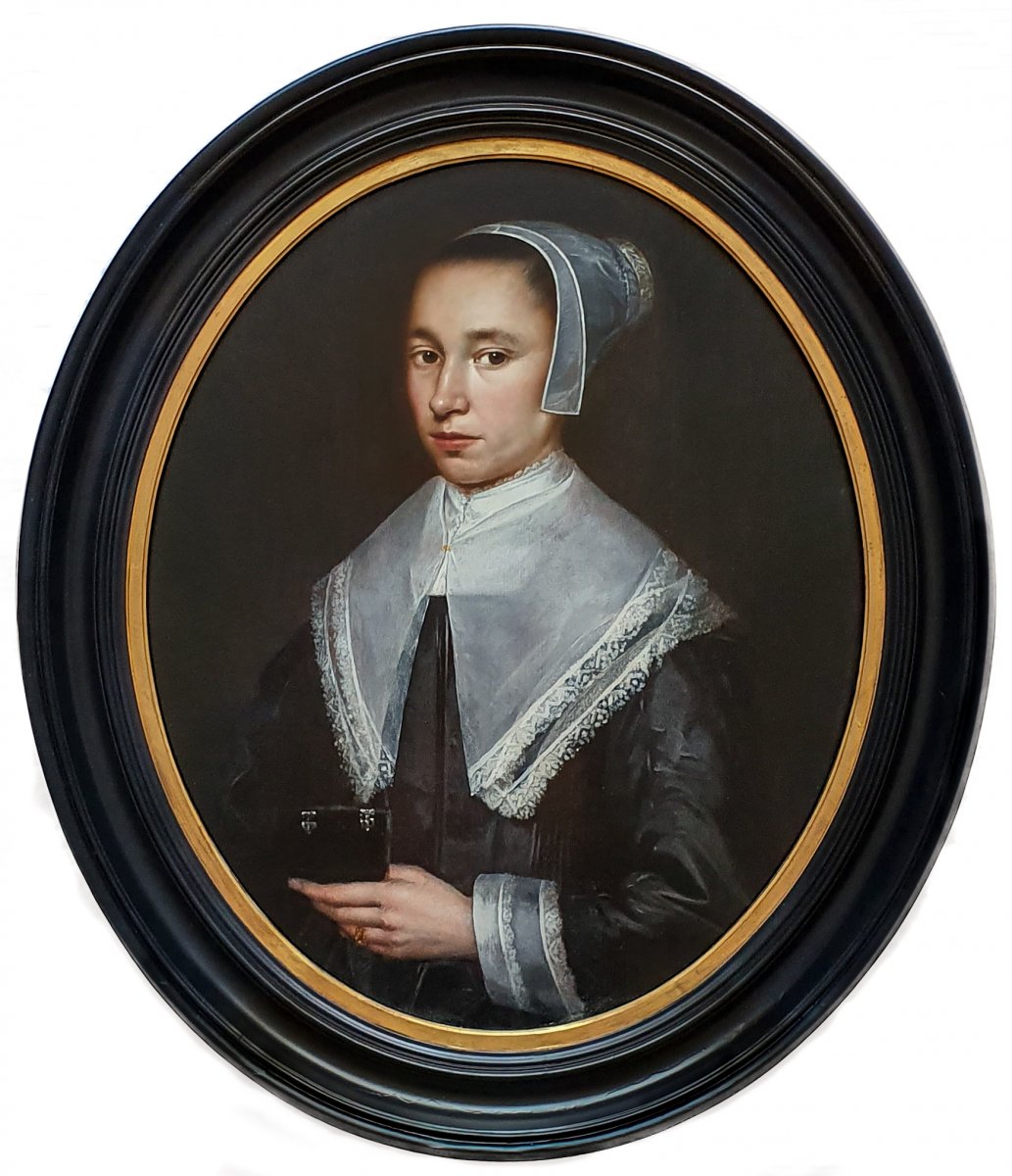


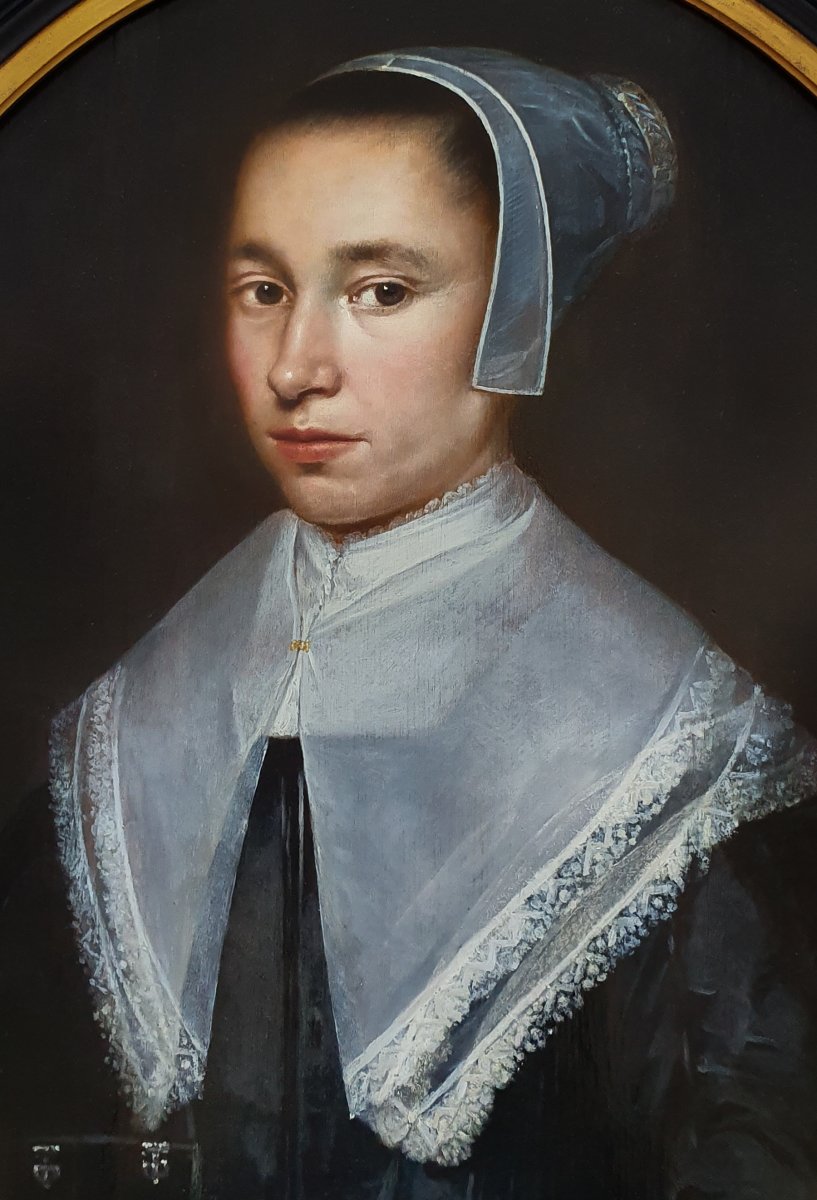







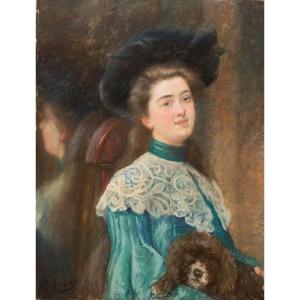


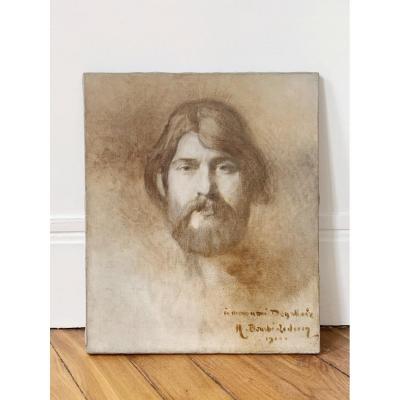
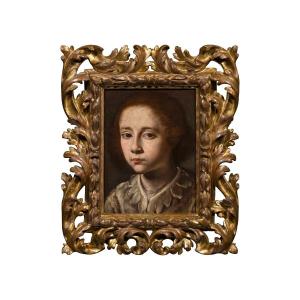
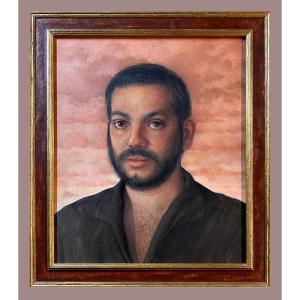



 Le Magazine de PROANTIC
Le Magazine de PROANTIC TRÉSORS Magazine
TRÉSORS Magazine Rivista Artiquariato
Rivista Artiquariato
